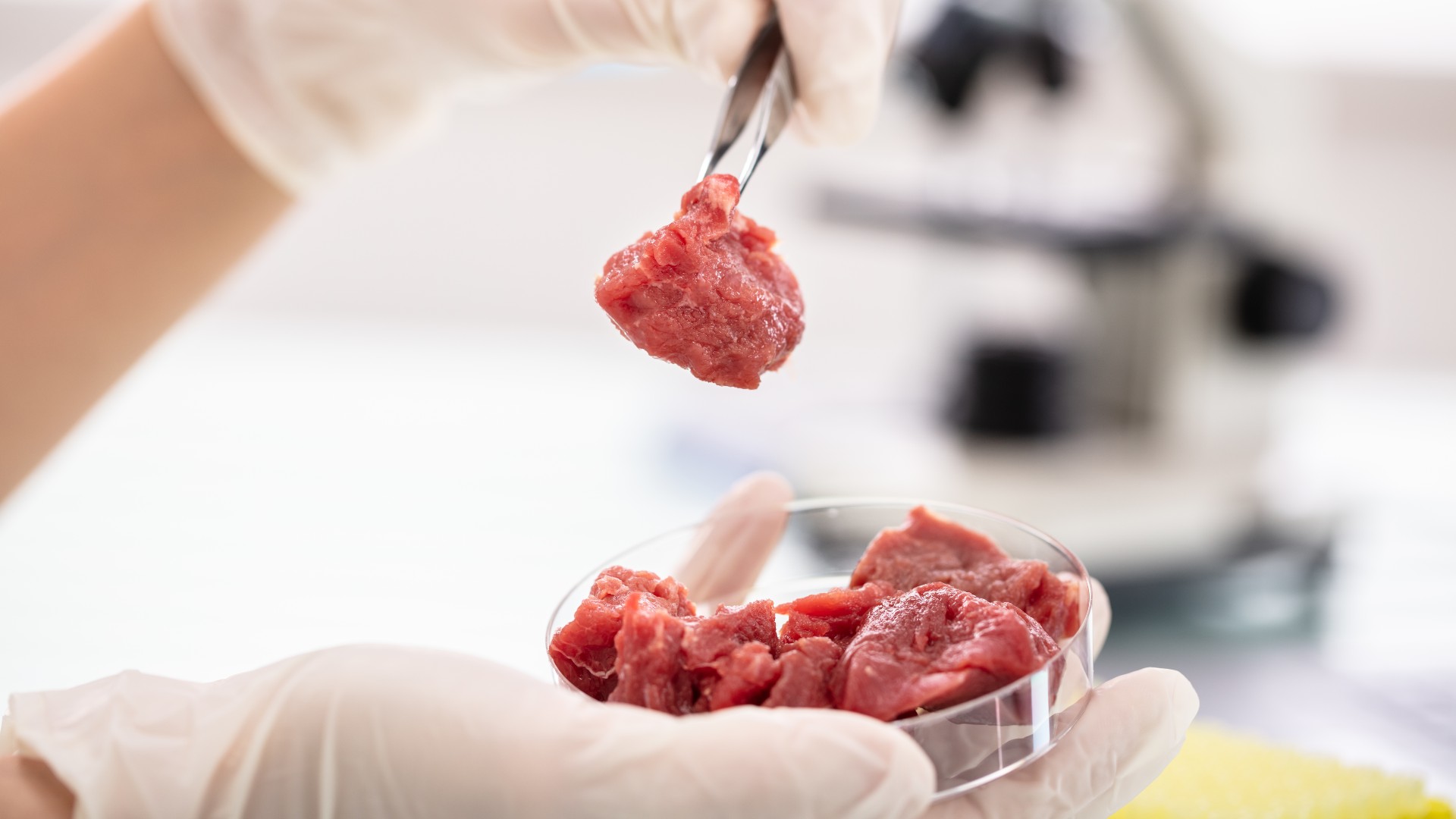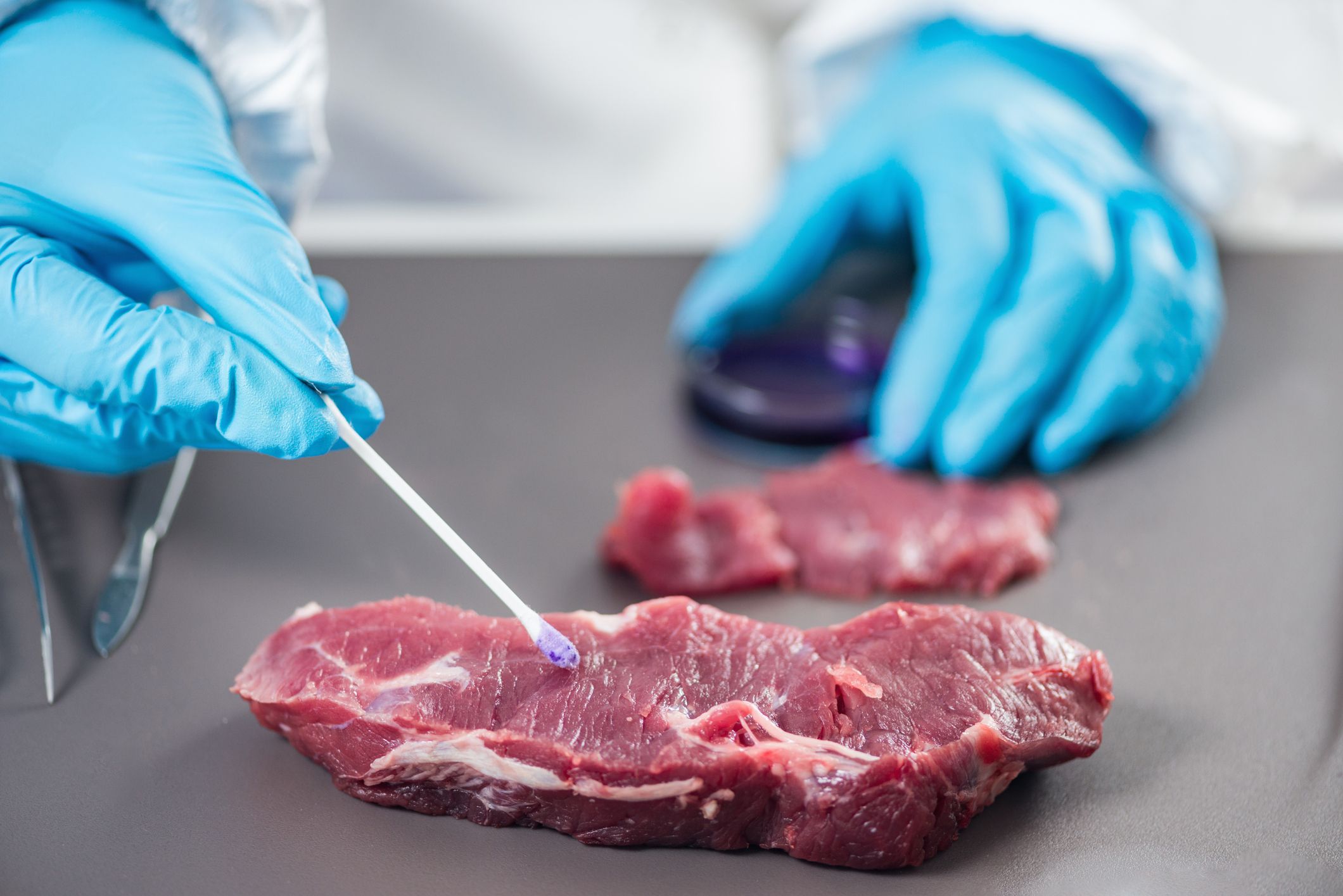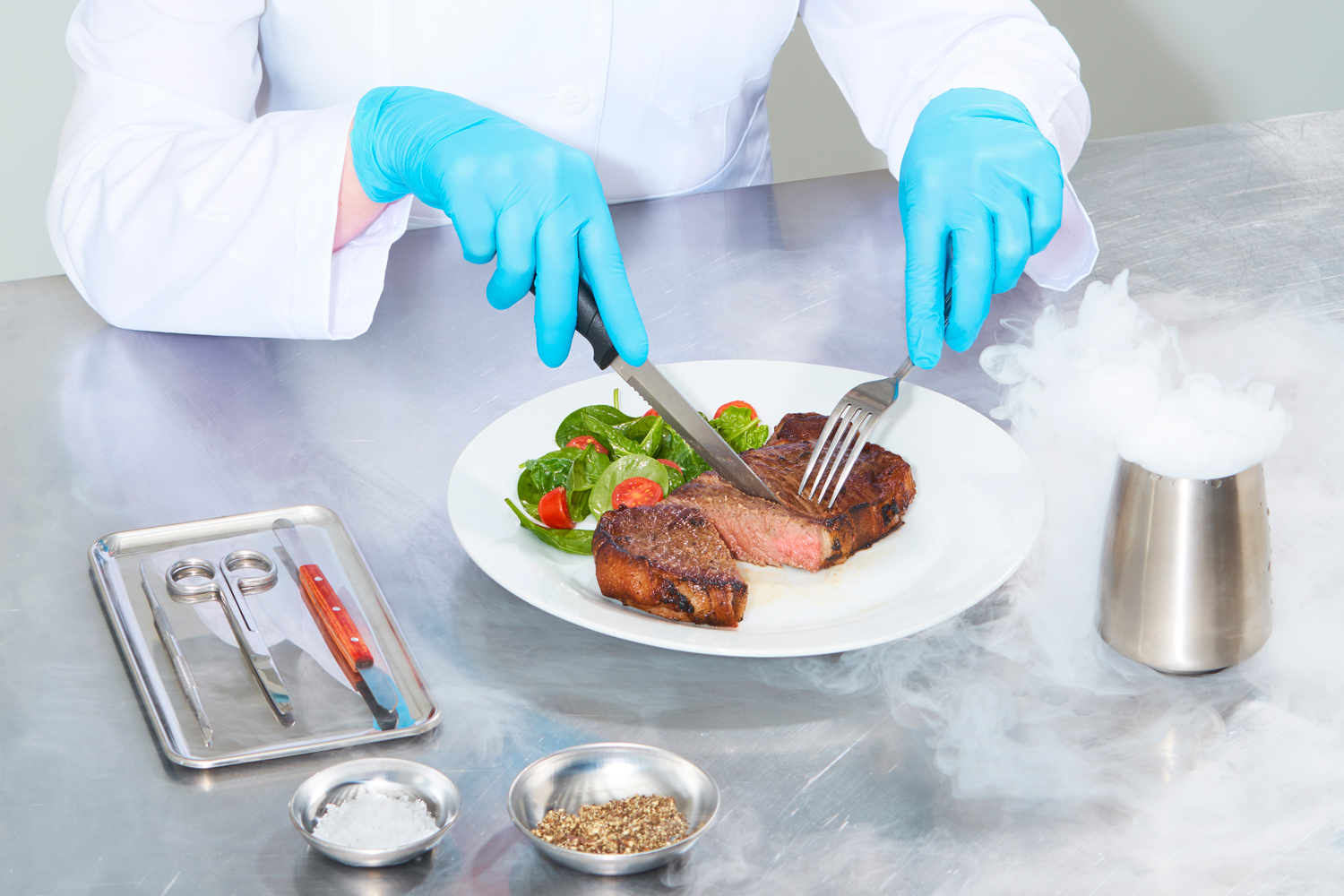One of the potential benefits of lab-grown meat is its ability to address climate change by decreasing the population of flatulent animals that contribute to methane emissions.
The revelation that fake meat is significantly worse for the environment than real meat is surprising, comparable to the unexpectedness of Joe Biden falling down.

As per a study conducted by UC Davis, the process of creating lab-grown meat is akin to the biotechnology employed in the manufacture of pharmaceuticals. Consequently, due to the intricate manufacturing and technological processes involved, the production of lab-grown meat will result in the emission of “four to 25 times greater” amounts of harmful carbon dioxide and other similar substances than conventionally grown meat. Here’s the study.
According to the study, the industry aims to produce lab-grown meat with food-grade ingredients or cultures without using costly and energy-intensive pharmaceutical-grade ingredients and processes.
If this wish in the wind does to come to pass, it is possible that lab meat could squeeze out an advantage, but that is far from guaranteed.
The study has a major flaw, according to UPSIDE Foods, a major California lab meat producer that’s partially funded by Bill Gates. The flaw is that it doesn’t address the future.

Brooke Whitney, the company’s communication lead, said they are confident in producing tasty and sustainable meat at UPSIDE Foods. The assumptions of the UC Davis study are not in line with the industry practices that will be used soon or at a commercial level. We believe that the environmental impact of our cell feed formulations is greatly overestimated due to the production and purification process assumed in the study. In addition, it fails to consider the progress the cultured meat sector is making in establishing a cell feed input supply chain that is appropriate for mass food production.
A separate study cited by UPSIDE suggests that cultivated meat could potentially have a smaller environmental footprint than high-performing traditional meat standards. Here’s the study.

** Click here to read the full-text **










